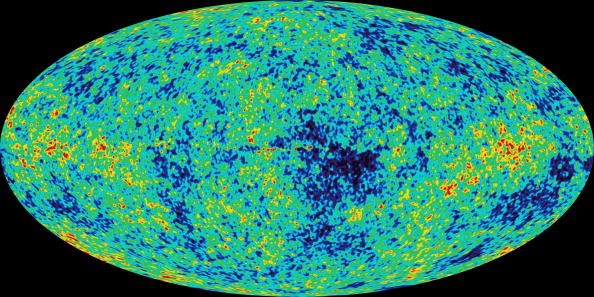The recently discovered "Little Lion" galaxy might hold clues to the environment that existed at the time of formation of the early universe. The little galaxy, that shines around 30 light years away, has been discovered by a team of researchers at the Indiana University in the United States.
The galaxy possesses lowest levels of metals ever found in a star system. The Little Lion or Leoncino, officially named Galaxy AGC 198691, is expected to reveal key details associated with the conditions that immediately followed the Bing Bang, which caused the universe to form at the first place.
The discovery of a new metal-deficient galaxy excites the researchers such that they get an opportunity test the Big Bang quantitatively, explains the study published in the Astrophysical Journal. According to the researchers, there are a very few ways to assess the conditions that existed at the time of the birth of the universe.
However, study of galaxies low in metals is one of the most promising ways to gain knowledge about the conditions that followed Big Bang. At the time of galaxy formation after the Big Bang, only helium and hydrogen were present, along with a few other light metals.
With time, hydrogen and helium combine to form stars, which paved way for formation of metals. By studying the trace amount of metals present in a galaxy, the researchers can estimate the kind of evolution and star production that a particular galaxy has experienced so far.
When stars are formed, they churn out heavier metals with the help of a process called nucleosynthesis. These atoms are distributed back to the galaxy when an explosion takes place as supernovae. The presence of low amounts of metals indicates that such a stellar activity has taken place in that particular galaxy.
"We're eager to continue to explore this mysterious galaxy," study author John J. Salzer, said in a press statement. "It's astonishing the amount of information we can gather about places millions of light years away."
The following video explains the events that happened after the Big Bang explosion took place:



























